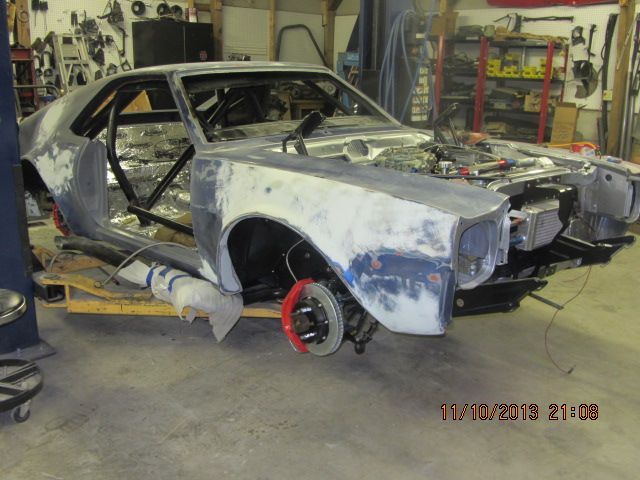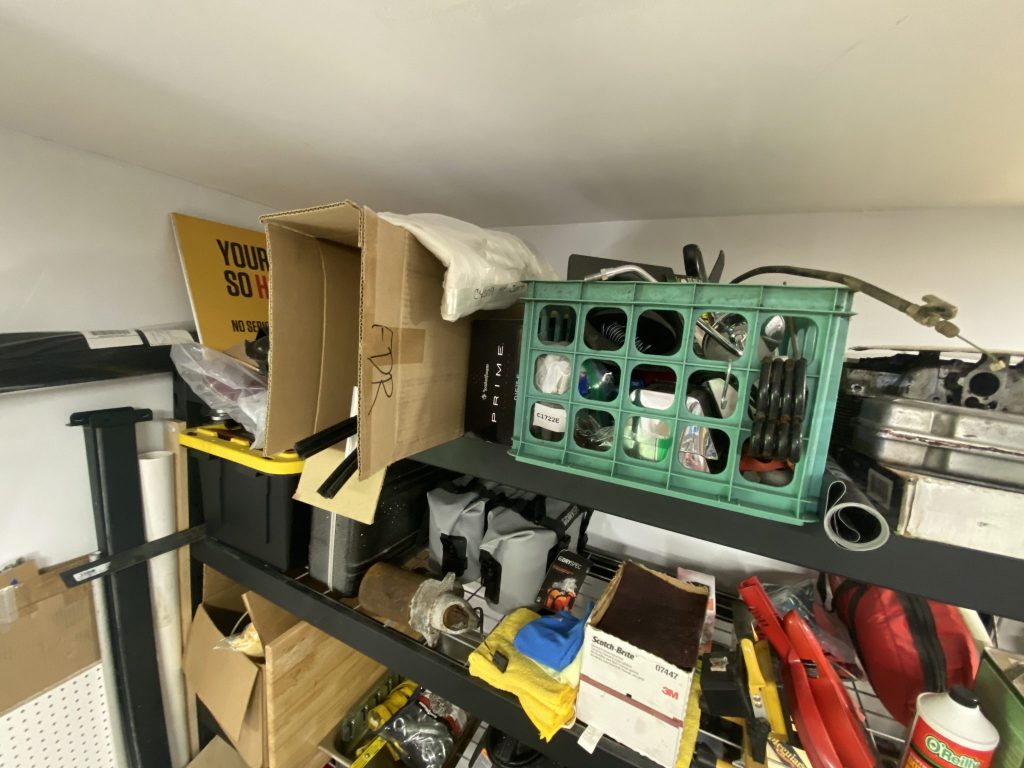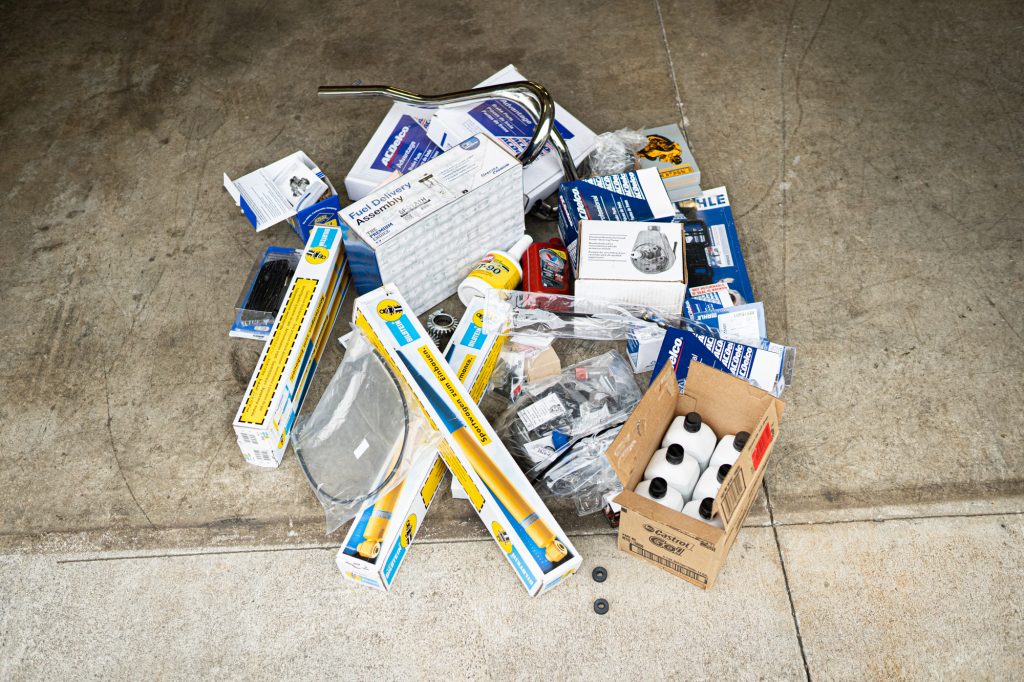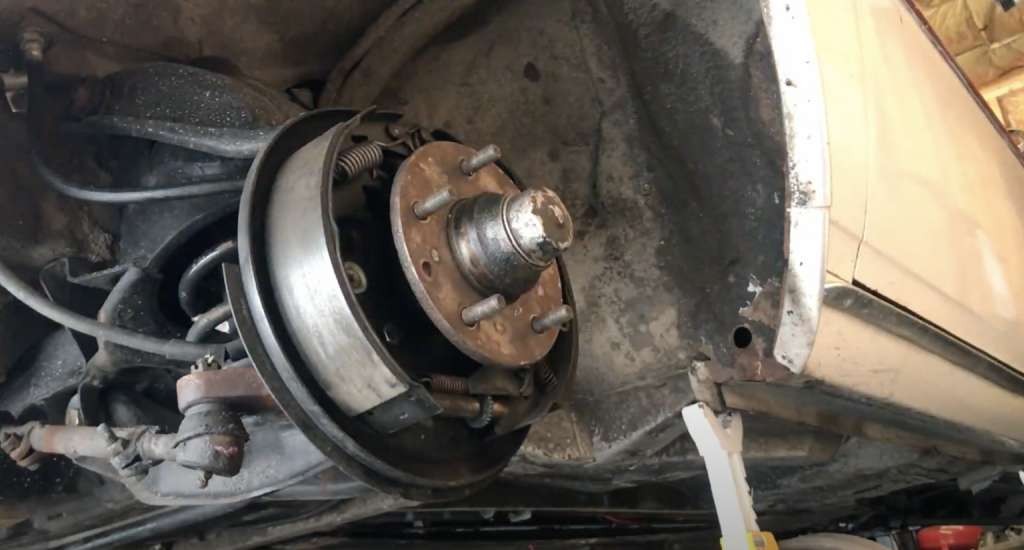Thanks to the advent of the internet, petrolheads have never had it easier. Finding project cars or motorcycles, sourcing parts and seeking guidance from how-to instructions is straightforward and allows just about anyone with an inkling of passion for cars to dive in to the community. However, it also allows just about anyone to declare themselves as an expert and spew advice far and wide.
Asking a question in an online forum or community can invite responses that might be downright ridiculous. To someone new to a scene, their “sniff test” is not very sensitive and result in them following ill-informed advice which could spoil any project they are working on. So to help steer enthusiasts in the right direction, here are five terrible bits of advice that I’ve received in the past, so you can avoid them in the future.

Start with the bodywork

Project cars often come with a litany of problems, from leaks to flaking paint. Some people love a well-worn exterior, while others want a perfect coat of paint protecting their panels. If you fall in the latter camp, it might be tempting to start with stripping the exterior and doing all the work to put paint on a car. But unless that’s the only way to proceed – because it’s a wreck like this Lamborghini Countach, or there’s more rust than you’ll find on an shipwreck – resist that temptation.
I say this is bad advice simply because having a car resprayed is expensive (especially a good quality job), and take a lot of tedious work to get right. If you start here you are going to sink a lot of time and money into a car you aren’t even sure you enjoy driving. Also, a mechanically sound car is easier to sell if needed, rather than one that is dismantled, in raw metal and requires a small fortune to be spent on it before it can be driven.
Buy all the parts first

I don’t know about you, but I can’t see into the future. Those who give the advice to buy – upfront – all the parts you’ll need for fixing up a project must be able to see into the future, or that advice wouldn’t make sense. That’s because you don’t know what you will find as you work on your project. Those discoveries will inevitably change the course and scope of your work, meaning that factory-style upholstery kit becomes expensive garage art when you pivot to building a rat rod after discovering more rust that you could have ever imagined hidden under a few panels.
The theory is “buy once, cry once” so there is no further financial upheaval. However, you will forget and need items. A better approach is to plan and budget for regular orders of parts, ordering only what you need and in a large enough quantity that shipping costs don’t bleed you dry alone.
Just LS swap it

Over in the ‘States we – the collective automotive community – understand that the Chevrolet LS-series engines are amazing feats of small-block engineering. The power and reliably is baked into a compact package that also comes with a fantastic amount of aftermarket support, but that does not mean it is the solution to every engine problem. “Oh, your stock inline-six Mustang has leaky valve seals? You should LS-swap it.”
I won’t sit on a high horse and say it is not a really cool thing to do in some situations. Also, I think this “advice” has transcended into the joke realm, and if you’re able to discern between humour and genuine advice all the time when online then you’re doing better than me.
And needless to say, there is a place for original engines and maintaining both the object and experience as it was when the car was new. But that’s a whole other debate about which someone online can offer you their opinion…
Only buy period-original parts

People love to decry that anything new is rubbish. “They just don’t make them like they used to” has been a rallying cry since, well, they started making things. In some particular cases there is some truth to the adage, but the vast majority of the time it won’t make a significant difference to your project if you use a new production piece rather than one built decades ago.
In fact, most time you are better off with the new piece. Items like bearings, brake shoes, or even carburettor kits don’t always age well on the shelf. Grease dries up over time, corrosion from moisture in the air sets in and glues may fail. Old parts might look great, but install them at your own risk.
You should add disc brakes

The disc brake crowd is vocal about how drum brakes are not to be trusted and how if you want to drive your car you HAVE TO install disc brakes. This is patent hyperbole though. If drum brakes were so bad they would not have survived in production as long as they have. It’s a 100-year-old design that you can still find in car showrooms today.
Properly adjusted and maintained, drum brakes provide plenty of stopping power. Often it is the tyres on your car that will cause longer stopping distances, not the brakes. Remember, if you can lock the wheels, you don’t need more brakes, you need more traction. The brake fade argument made by many disc brake proponents is a very particular use case and not typical in classic car use. All this is completely ignoring the cost and complexity that come with modifying your classic with aftermarket components.
Does Kyle Smith’s good advice about bad advice strike a chord? What’s the worst advice you’ve been given? Tell us about it – in the comments section, below.










Very sound and sensible advice!